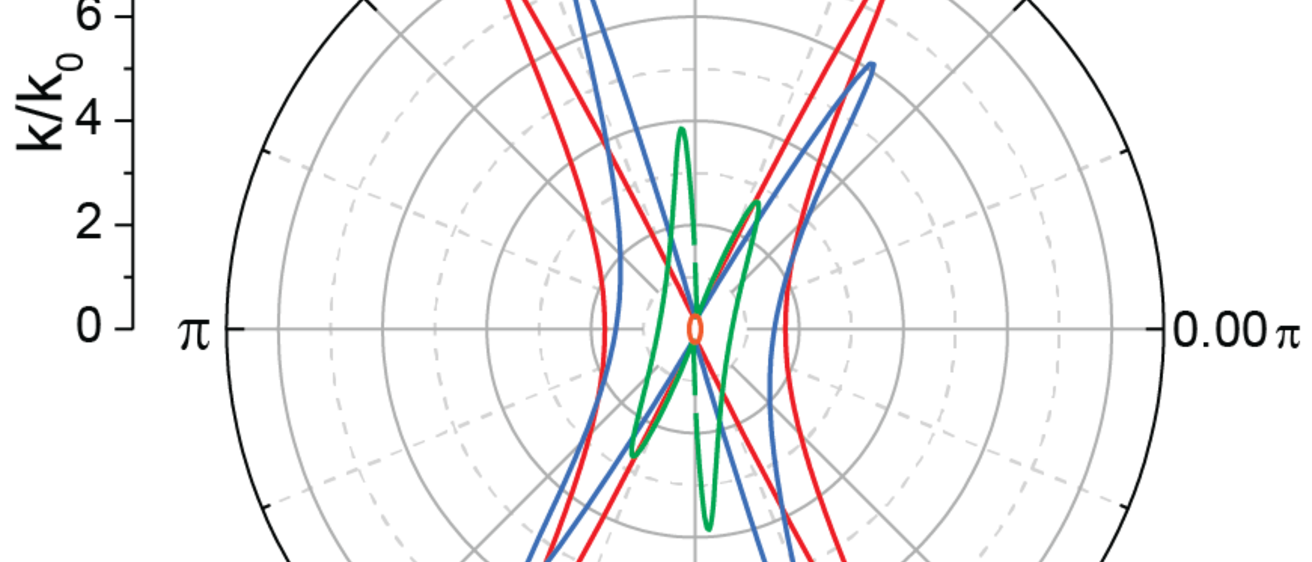We recently heard that PI Folland had his NSF Career award funded! This will fund research on low symmetry materials from 2023-2028 The abstract is shown below
Controlling the properties of light is critical for creating advanced technologies such as laser imaging, optical biosensors, and quantum optics. These technologies all use carefully prepared light waves to effectively measure or communicate with the world around us. An important part of developing these technologies is developing compact and efficient components which control both direction and orientation of the light. The capabilities of each component are critically determined by the materials used in their construction, and how light interacts with these materials. Notably, by using unconventional materials, scientists can generate new types of light propagation, and make optical components both smaller in more efficient. In this project the research team will determine how certain classes of crystals can be used to control both direction, and orientation of light waves. By coupling light to a class of crystals with a parallelepiped structure, it becomes possible to engineer a unique light-matter interactions not seen in materials with simpler structures. By performing these studies, the principal investigator and team will discover new design paradigms for creating optical components exploiting this class of crystals. A key part of this is developing educational tools which can be used to educate the future photonics workforce on how these materials work and can be utilized. We will specifically work with two different groups – middle school and junior undergraduate students, which typically receive limited education on photonics and the impact on modern technologies. In the former case we will work closely with middle-school teachers to develop a series of lesson plans which develop curriculum relevant skills, whilst also introducing students to concepts in photonics. Our work with junior undergraduates will then build on this, introducing research-like projects based around optical materials into the curriculum to build key analysis skills required for the future quantum and semiconductor workforces. The efforts of both will be distributed online, which will allow teachers nationally to access resources developed as part of this program.
